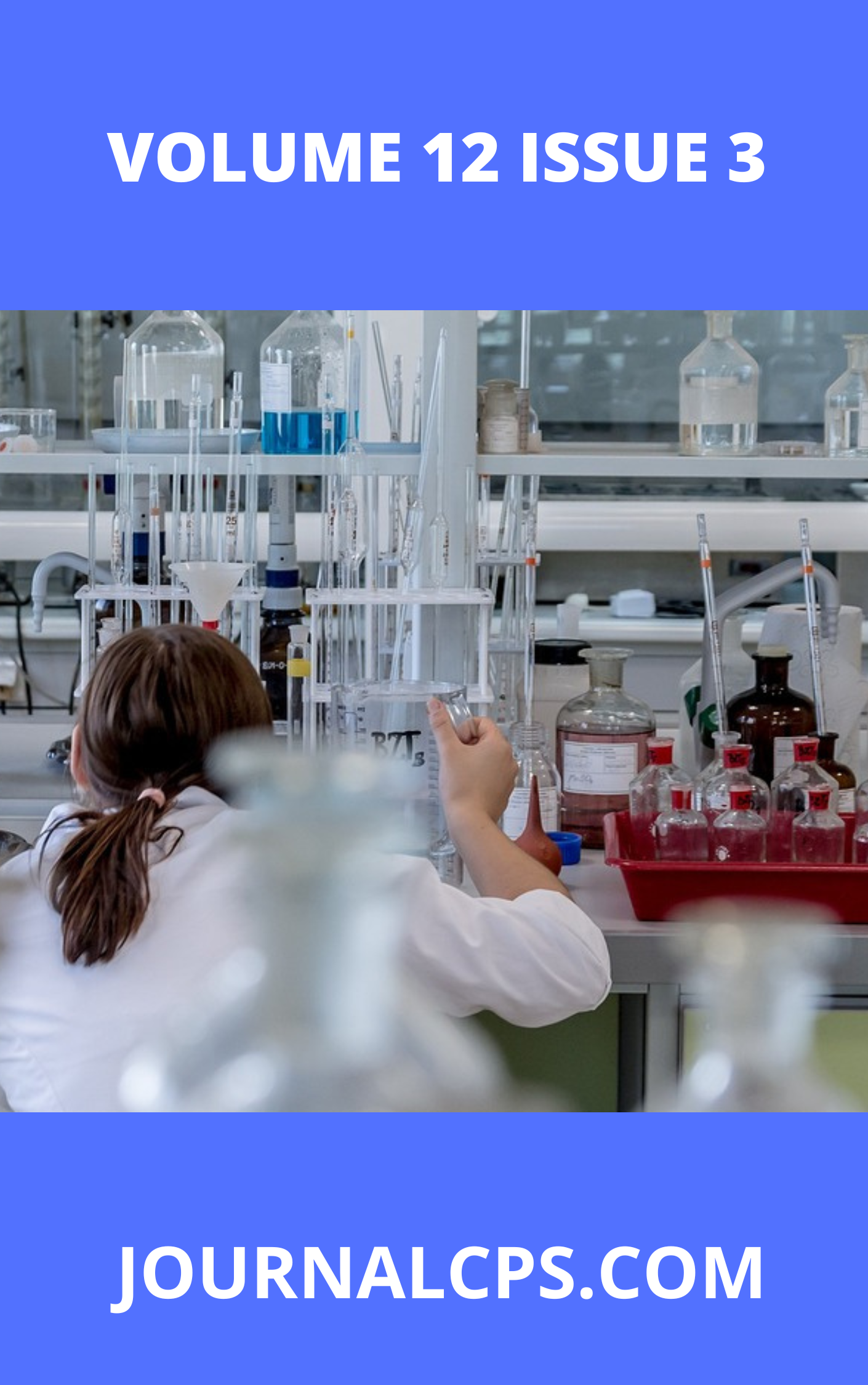Evaluation of the Hydrochemistry and Pollution Levels in Groundwater of Njahasang, Southeast Nigeria
Keywords:
Major cations, major anions, heavy metals, hydrochemistry, contamination, pollutionAbstract
This study assesses groundwater quality, chemistry, and pollution levels in Njahasang, southeastern Nigeria, by evaluating physicochemical parameters. Fifteen (15) groundwater samples were collected and analyzed using standard laboratory techniques. Physical parameters were measured using the HANNA Instrument multi-parameter probe (model HI9813). Major anions were analyzed using volumetric methods (HCO₃⁻, Cl⁻), colorimetric methods (SO₄²⁻), and ultraviolet (UV) spectrophotometry (NO₃⁻), while major cations and heavy metals were determined using an Atomic Absorption Spectrophotometer (Bulk Scientific model 210VGP).
Results showed that major cations followed the order: Ca²⁺ > Mg²⁺ > Na⁺ > K⁺, anions followed HCO₃⁻ > Cl⁻ > SO₄²⁻ > NO₃⁻, and heavy metals followed Mn > Fe > Zn > Cr > Cd > Pb. The Water Quality Index (WQI) indicated that all groundwater samples were of excellent quality for domestic use. Hydrochemical facies identified Ca²⁺-Mg²⁺-HCO₃⁻ and Ca²⁺-Mg²⁺-SO₄²⁻ water types. Chloro-alkaline indices (CAI-1 and CAI-2) revealed a dominant reverse ion exchange process, as all values were positive. Cluster analysis suggested both geogenic and anthropogenic sources of ion contamination, while Gibbs plots indicated that rock-water interaction and host rock weathering were the primary processes controlling groundwater chemistry.
The degree of contamination (Cd) indicated low contamination overall, except for Mn, which exhibited moderate levels based on the contamination factor (Cf). According to the Pollution Load Index (PLI), 27% of the samples showed progressive deterioration, likely due to elevated Mn concentrations from shales, while 73% exhibited no pollution. Plots, tables, and models based on major ionic constituents provide an effective visualization of groundwater quality and chemistry.
Downloads
Published
Issue
Section
Similar Articles
- Usoro M. Etesin, Hydrochemical study of shallow ground water in Ikot Abasi Coastal Aquifer , Communication In Physical Sciences: Vol. 7 No. 3 (2021): VOLUME 7 ISSUE 3
- Emeka Chima Ogoko, Nkoli Mgbemana, Kelle Henrietta Ijeoma, Heavy metals contamination of Anambra River , Communication In Physical Sciences: Vol. 6 No. 1 (2020): VOLUME 6 ISSUE 1
- S. A. Odoemelam, Assessment of Heavy Metal Status of Orashi River Along the Engenni Axis, Rivers State of Nigeria , Communication In Physical Sciences: Vol. 4 No. 2 (2019): VOLUME 4 ISSUE 2
- J. C. Nnaji, Heavy Metal Contamination Indices for oil spilled Agricultural Soils in three Local Government Areas of River State, Nigeria , Communication In Physical Sciences: Vol. 4 No. 1 (2019): VOLUME 4 ISSUE 1
- Usoro Monday Etesin, Abigail Louis Essien, Distribution of Heavy metals in sediments and surface waters from Iko River Marine Ecosystems, Akwa Ibom State, Niger Delta, Nigeria , Communication In Physical Sciences: Vol. 12 No. 2 (2025): VOLUME 12 ISSUE 2
- Vincent Oseikhuemen Odia-Oseghale, Joseph Odion Odia-Oseghale, Environmental Implications of Quarrying and Waste Management: A Case Study of Okhoro, Benin City , Communication In Physical Sciences: Vol. 12 No. 4 (2025): VOLUME1 2 ISSUE 4
- Aniekan Udongwo, Monitoring, Assessment, and Remediation of Heavy Metal Contamination: Techniques, Strategies, and Policy Frameworks , Communication In Physical Sciences: Vol. 10 No. 3 (2023): VOLUME 10 ISSUE 3 (2023-2024)
- Nde, Ndifreke Bassey, Inyang, Solomon Patrick, Studies on the Levels of Heavy Metal Ions in Stream and Borehole Water within Ibiaku Osuk Settlement, Akwa Ibom State, Nigeria , Communication In Physical Sciences: Vol. 7 No. 3 (2021): VOLUME 7 ISSUE 3
- S. A. Odoemelam, A. M. Udongwo , Heavy Metals Pollution in Surface Water and Sediment of Lower Cross River System in Akwa Ibom State, Nigeria , Communication In Physical Sciences: Vol. 5 No. 2 (2020): VOLUME 5 ISSUE 2
- Eneni Roberts Inala, BIOACCUMULATION OF ENVIRONMENTAL CONTAMINANTS IN OYSTER (Crassostea sp.) TISSUES IN BAYELSA STATE, NIGERIA , Communication In Physical Sciences: Vol. 12 No. 4 (2025): VOLUME1 2 ISSUE 4
You may also start an advanced similarity search for this article.




